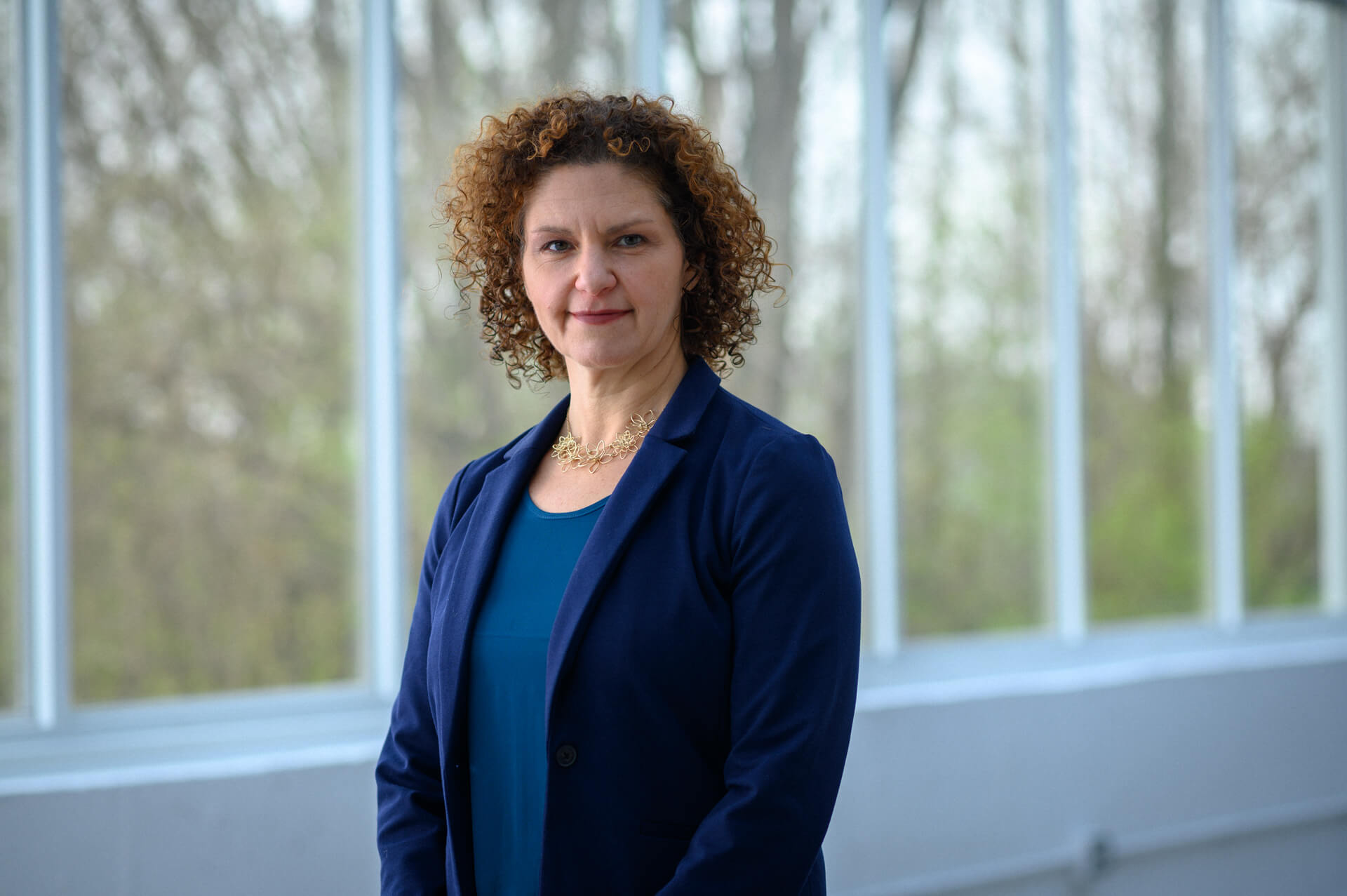Missouri Utilizes Data in Fight Against COVID-19
- April 23, 2020
 While most Americans spent December 2019 blissfully unaware of the coronavirus and the approaching pandemic, Enbal Shacham, Director of the Ph.D. in Public Health Studies Program at Saint Louis University’s College for Public Health and Social Justice, and an Associate Director of the SLU Geospatial Institute, was studying the outbreak of COVID-19 in Wuhan, China. She was trying to determine where the coronavirus would spread first in the United States.
While most Americans spent December 2019 blissfully unaware of the coronavirus and the approaching pandemic, Enbal Shacham, Director of the Ph.D. in Public Health Studies Program at Saint Louis University’s College for Public Health and Social Justice, and an Associate Director of the SLU Geospatial Institute, was studying the outbreak of COVID-19 in Wuhan, China. She was trying to determine where the coronavirus would spread first in the United States.
“When the cases were in China, I was studying it and examining, ‘where is this going to go next?’” said Shacham. “For the United States specifically, where is this going to happen first? And what are the resources on the ground there?”
 With limited COVID-19-related data not yet widely available, Shacham had to get creative about what data she could use in her efforts to track and predict the spread of the coronavirus. She was able to access publicly available data from the U.S. Department of Transportation on international airports and flight patterns, and used that data to predict that the coronavirus would first impact the east and west coasts of the United States.
With limited COVID-19-related data not yet widely available, Shacham had to get creative about what data she could use in her efforts to track and predict the spread of the coronavirus. She was able to access publicly available data from the U.S. Department of Transportation on international airports and flight patterns, and used that data to predict that the coronavirus would first impact the east and west coasts of the United States.
“It’s exactly how we would think this would behave,” said Shacham. “When we think about epidemiology, which is the study of disease and the tracking and the patterns of those diseases, we can use COVID-19 as an example of: this is where people are, these are the tracks in which they go, the places to where they go, and what puts people at risk for getting infected. The more we learn, the better our community and our community health is.”
 Shacham is collaborating with SLU professor Flavio Esposito, Ph.D., and SLU student Roberto Coral, on an app that will ask users to enter their symptoms (or absence of symptoms) and what age group of people that they’re interacting with. If their symptoms suggest they may have COVID-19, the app will give them information on the nearest testing facility. The data that users provide through the app will help give the SLU team an idea of where outbreaks may occur next.
Shacham is collaborating with SLU professor Flavio Esposito, Ph.D., and SLU student Roberto Coral, on an app that will ask users to enter their symptoms (or absence of symptoms) and what age group of people that they’re interacting with. If their symptoms suggest they may have COVID-19, the app will give them information on the nearest testing facility. The data that users provide through the app will help give the SLU team an idea of where outbreaks may occur next.
“The spectrum of the COVID-19 illness has not quite been elucidated, we don’t actually know all of the symptoms. We’re getting a better sense. We just learned recently that some people lose their sense of smell. So that’s news and that’s important news,” said Shacham. “We need to learn so much more. As those symptoms may change, we can add those questions to the app and push out an update.”
What Next?
- Talk to our CEO, Subash Alias, at 314.932.3973 or via our contact form
- Learn more about why Missouri is a top state for health innovation businesses.